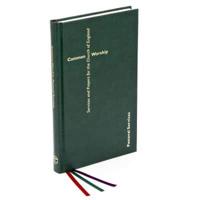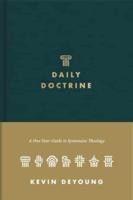Publisher's Synopsis
In The Gospel of Mark Fathers Donahue and Harrington use an approach that can be expressed by two terms currently used in literary criticism: intratextuality and intertextuality. This intratextual and intertextual reading of Mark's Gospel helps us to appreciate the literary character, its setting in life, and its distinctive approaches to the Old Testament, Jesus, and early Christian theology.
"Intratextuality" means we read Mark as Mark and by Mark. Such a reading expresses interest in the final form of the Gospel (not its source or literary history) and in its words and images, literary devices, literary forms, structures, characterization, and plot. Reading Mark by Mark gives particular attention to the distinctive vocabulary and themes that run throughout the Gospel and serve to hold it together as a unified literary production.
"Intertextuality" comprises the relation between texts and a textual tradition, and also referring to contextual materials not usually classified as texts (e.g., archaeological data). "Intertextuality" is used to note the links of the text of Mark's Gospel to other texts (especially the Old Testament) and to the life of the Markan community and of the Christian community today.










